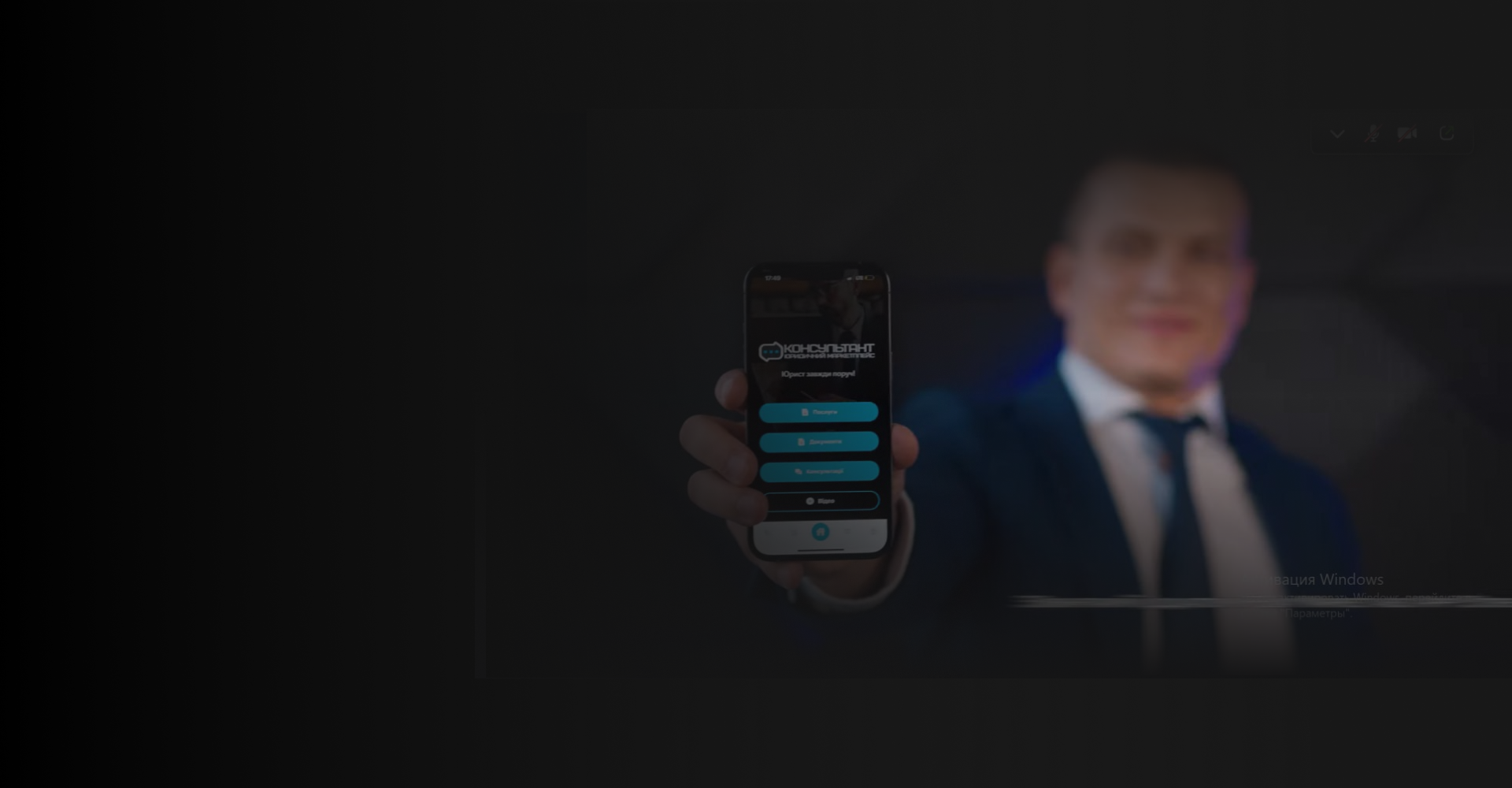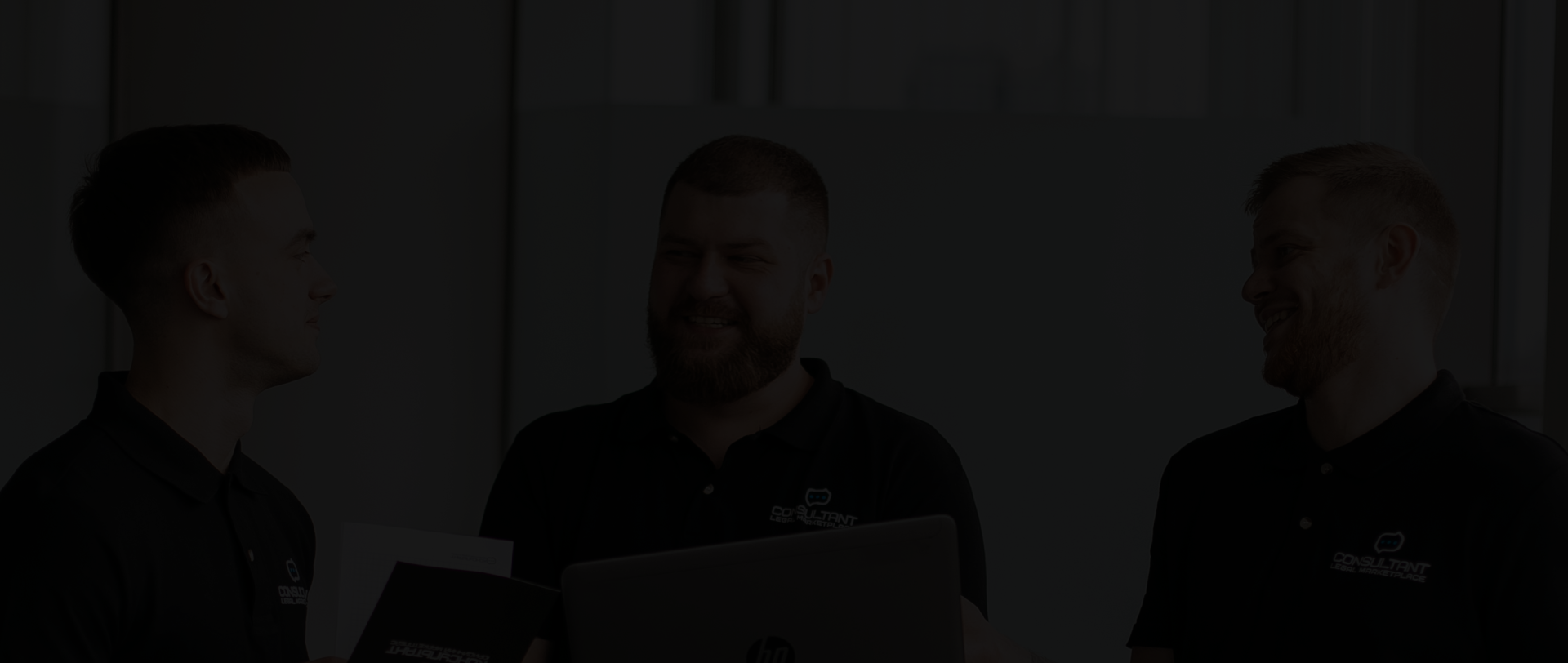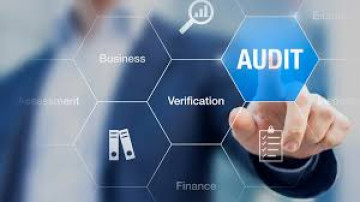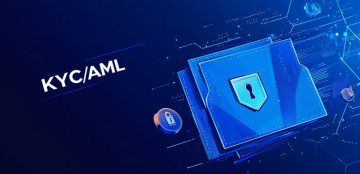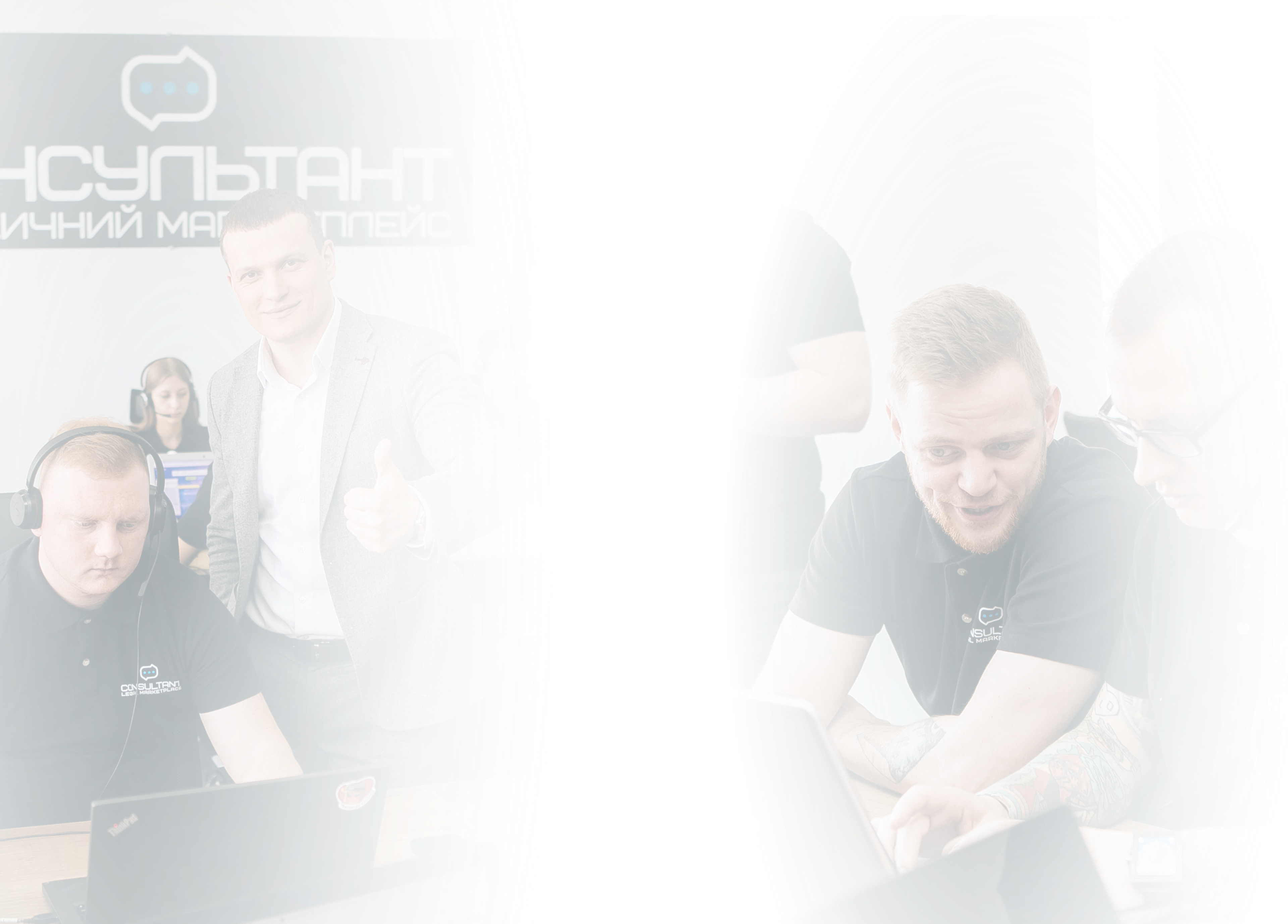Get comprehensive technology support and software licensing
The package covers the entire journey - from the initial idea to the signed contract and rights protection. Product analysis and legal status assessment, preparation of license agreements (exclusive, non-exclusive, SaaS licenses), verification of third-party component rights, negotiation of payment terms and royalties, NDA preparation, due diligence of counterparties, negotiation support, and representation in disputes. This is exactly where a technology transfer agreement. Additionally, understanding the licensing agreement definition ensures clarity about rights, obligations, and enforceability before any deal is signed.
Why consult a Patent Attorney - arguments that work in real life
A patent attorney is not just a lawyer. He is a person who reads the code and identifies risks in the terms of a contract from a distance. There was a case: a startup almost lost its investment due to an unprofitable licensing agreement for technology for an artificial intelligence module. Timely legal changes to the agreement and clear wording of intellectual property provisions saved the product and reputation. Consulting a professional saves money and nerves, and also provides control over future revenues. Understanding what technology licensing is and how to apply it correctly is critical in such situations. Companies sometimes want to rely on examples of Qualcomm technology licensing, and a lawyer can help with this too.
What will the Patent Attorney do while working with you?
Before starting, it’s useful to think about technology licensing agreement examples and how they shape the strategy. The lawyer plays the following role in this:
- Conduct a rights audit and determine what can be licensed.
- Develop or adapt a technology transfer agreement in California, New York and other cities or other licensing agreements to the business model (SaaS, on-premises, white-label).
- Determine the optimal royalty model and reporting mechanisms.
- Prepare confidentiality provisions, warranties, and liability limitations.
- Lead negotiations, protect interests in courts or arbitration if needed.
These steps form a structured approach, similar to a technology license agreement checklist, giving you a predictable and secure path. It is worth noting that often using a technology transfer agreement template can also simplify the drafting process, saving both time and potential errors.
Under what conditions can the service be provided?
The service begins when there is a specific object—code, algorithm, documentation, or prototype; clarity regarding commercialization goals; and basic information about potential partners or markets. A preliminary risk assessment before investments is possible. This is where tools like a technology transfer agreement template can save time and reduce mistakes. By the way, companies involved in university technology licensing program often benefit from this structured approach to avoid common pitfalls in tech commercialization.
Other useful information
We not only provide technology transfer agreement sample documents, but also have the following advantages:
- Staged service provision is possible: from initial legal check to full deal support. This may include reviewing technology transfer license agreement sample documents.
- International aspects: specific provisions for technology export and cross-border license transfers. References to technology transfer agreement Philippines, for example.
- Recommendation: keep a version of the code and a change log—this will simplify the evidence base in disputes and helps with technology licensing contract compliance.
So by contacting us, you will receive not just a technology licensing agreement pdf, but a comprehensive and individual approach.
ConclusionThe Patent Attorney will quickly prepare an action plan and agreement options, including technology transfer agreement pdf, so you can move forward with confidence—and not pay for others’ mistakes. By familiarizing yourself with the different types of technology transfer agreements and choosing the most suitable one, you ensure that each license protects both your intellectual property and your commercial objectives. This comprehensive approach, informed by licensing technology examples and real-world cases, ensures your software and technology transfer projects succeed in the U.S. market.

